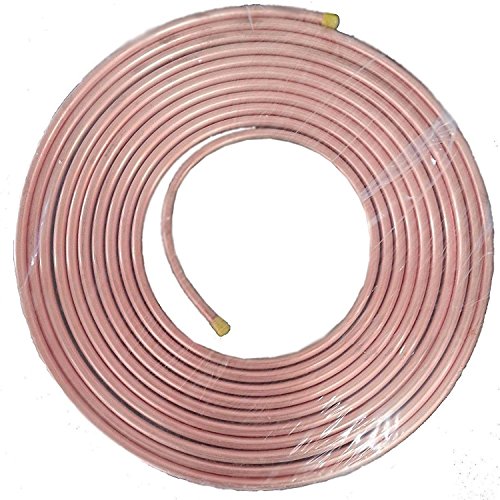A guy in Spain - Joan Llutch :
made his own design of Stainless steel boiler - and complete loco.
- Well, I think he assembled parts made by professional machine shops as well as making some parts himself.
Hi boiler for Gas firing was based o his expertise - designing plant for chemical works - where various fluids flow into and out of heat exchangers, etc....
So he is a really expert guy to ask.
One thing I learned from him was that due to pressure differences between firebox and smoke box, then limitations of the Chimney (of whatever form) are unsuitable for gas firing in many cases. Loco chimneys are designed to draw a vacuum in the smoke box, that varies with engine load, and when stationary the blower, so as to draw or otherwise control the combustion rate of solid fuel by varying the air-flow through the fire.
A gas burner is totally different in that the gas-air mixture is a pre-determined fixed value, made by the gas and gas pressure, the jet size, the air-admission hole CSA, the venturi and mixer tube CSA and length, the burner holes CSA and volumes of various plenums en route, and the post burner back pressure. So varying Smoke box vacuum with a blower or blast pipe can seriously disrupt the gas mixture. AND the smoke box exhaust via a chimney is probably far too small for natural flow of the exhaust gases.... so a gas-fired loco boiler would be a seriously different design to a coal fired or wood fired boiler.
Gas needs much larger flue tubes, larger chimney, shorter flue tubes, larger firebox, etc.
That apart, gas burners do not worry about boiler material.
However, coal which contains a lot of sulphur (a lot of the smell of coal smoke!) produces sulphuric acid fumes, which dissolve metal. But Copper less than any steel, I think? So ask a metallurgist about that one.
Hope this isn't too much off thread?
K2













